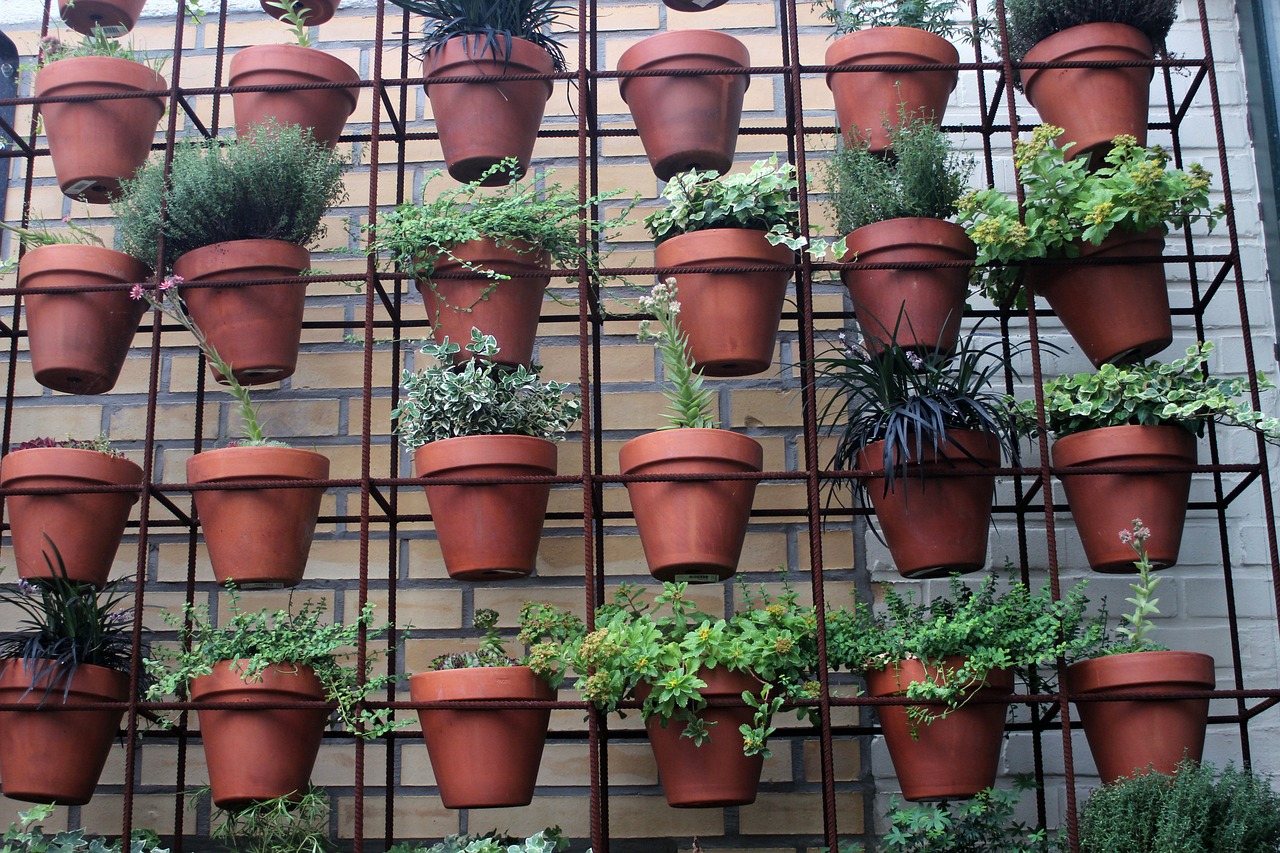You can grow variety of vegetables on rooftop, terraces, and balconies in many ways, for example:
By making raised soil beds and growing vegetables in these soil beds;
By using hydroponic system; and,
By using containers and pots.
Here are a couple of things to remember if you are growing vegetables in rooftop, terraces and balconies:
Do not directly set up soil beds on the floor.
Make sure water does not seep into the floor.
How to Grow Vegetables on Rooftop in Raised Soil Beds
Place at least one inch thick polymer mat on the floor. Make a frame for your soil bed with wooden planks, bamboos, or even bricks. Place polymer sheet inside the frame. Wooden planks used for packaging fruits, glass etc. are a good option for creating raised beds.
Fill your bed with soil. You can create the soil by mixing cocopeat, vermicompost and manure. Alternatively you can mix garden soil with sand, wood dust, and compost. The major benefit of using cocopeat in your potting soil is that it loosens up soil for the roots to propagate well and retain the moisture for long. Vermicompost provides vital nutrients.
You can plant seeds as well as saplings in the raised beds.
One of the major problems with rooftop garden if you happen to live in rainy area is related to over watering. Another common problem is with too much sunlight. These two major problems can be overcome by creating plastic shade or ploy house, green house. When you are creating plastic shade, use white plastic so that your plants get diffused sunlight. Creating a plastic shade allows plants to receive right amount of sunlight and stops getting damaged by rain. However, there is also a problem with this kind of green house as it will create more heat during the summer and give less warmth during rainy or winter season. A better option is a poly net shade. Polynet shade will allow you to grow off-season vegetables or sensitive vegetables like capsicum. Polynet shades are also good for growing leafy vegetables during the summer.
Growing Microgreens in Rooftop
Microgreens are one week old sprouts of various plants like lentils, beans, wheat, barley, fenugreek etc. that you can eat raw by adding to your salad. Microgreens are highly nutritious as they contain a lot of minerals and vitamins. Microgreens are best for growing in the roofs because they are ready to harvest just in a week. While harvesting, you pluck the whole plant, wash well, add to your salad or grind to make puree and add in your water to make a drink.
You can grow microgreens in clay pots, plastic container or raised beds. If you are growing in raised beds, make sure you are not adding gardening soil directly on the floor. This might weaken your roof. Therefore, use polymer mat/sheet.
Sprinkle seeds on the soil and cover with soil thinly, water well. In a week, your microgreens will be ready to be plucked.
Growing Vegetables in Containers
Small containers do not hold enough soil to give plants required amount of nutrients, therefore, it is better to use large containers. Having said that you will have to choose containers depending on the plant types. For leafy vegetables 8-10 inches boxes are good. Plants having life cycle of 3-4 months, for example, cabbage, cauliflower etc., need at least 12 inches of soil. Vegetables like carrots, radish, turnips also need one feet soil. Plants that you harvest multiple times, for example tomatoes, need at least 2 feet soil. Vines and creepers like cucumber, bottle guard, beans, and bitter melon need at least 2 feet soil.
However, if you are thinking to grow perennials like papaya and banana, you need a container that is at least 5 feet.
Black container retains heat, therefore, choose different color for your containers.
Clay pots are the best option as they are cheap and allow better propagation of roots. However, they cannot be used multiple times because they break easily.
RCC pots are too heavy for your roof garden as you do not want to burden your roof.
Plastic pots and fiver containers are light weight and easy to handle so they are best the option. You can also reuse plastic container multiple times. However, these containers are costly.
Cheapest alternative is reusing your unused tin cans, plastic cans, bottles, bags, buckets, barrel cut into two etc.
